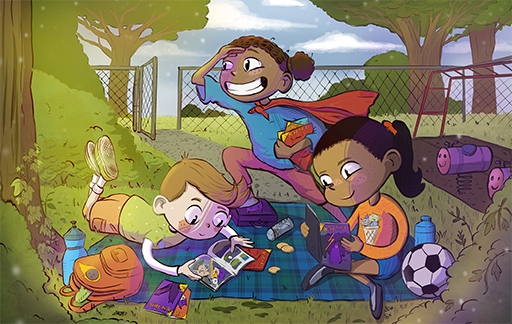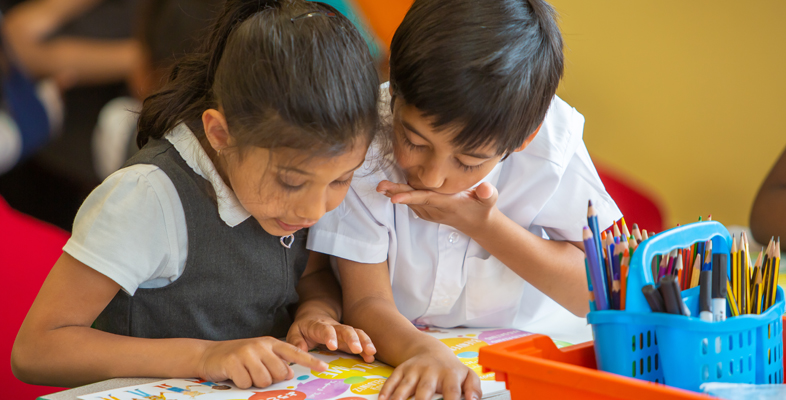Session 2: Being a reader
Introduction
Reading involves making meaning from marks and images on a page or screen. It involves thinking about the meaning and constructing an interpretation of the text. Reading for Pleasure involves choosing to make such meaning regularly in one’s own time, which often triggers sustained engagement and has multiple benefits.

In Session 1 you were introduced to the notion of Reading for Pleasure as complementary to the cognitive skills of decoding and comprehension. The focus of Session 2 is the personal, affective, social, and relational elements of reading, as these influence readers’ dispositions and desire to read. You will consider the factors that influence how children and adults come to see themselves as readers and how educators can help children to self-identify as someone who likes to read, who chooses to read and who is keen to discuss their reading with others. You will also consider how the text and context always influence the nature of the reading experience. The session begins by exploring the nature of reading in the 21st century and considers ‘what counts’ as reading.
By the end of this session, you will have:
- considered reading as a broad meaning-making process, rather than simply a set of skills
- explored ‘reader response’ theory as a lens to understand how readers construct personal meanings from texts
- started to think about the social nature of Reading for Pleasure, reader motivation and the importance of ‘book chat’ for all ages
- an appreciation of the significance of young readers’ identities.
